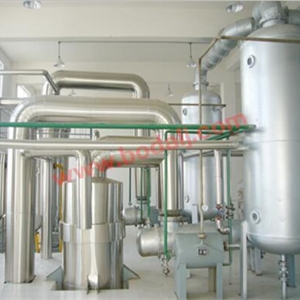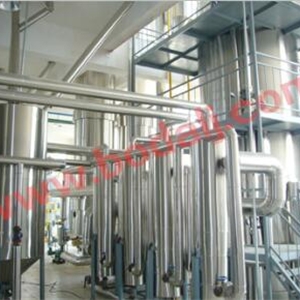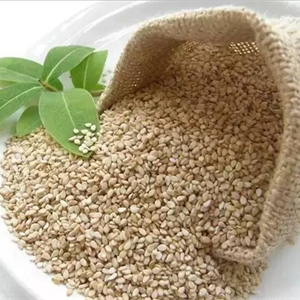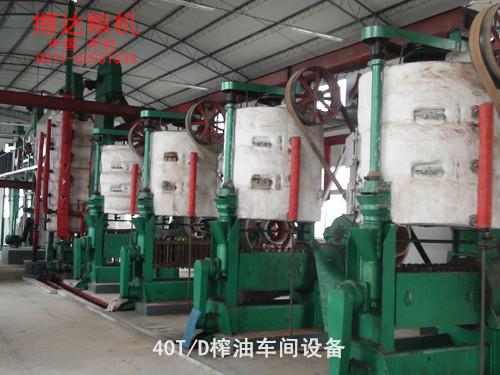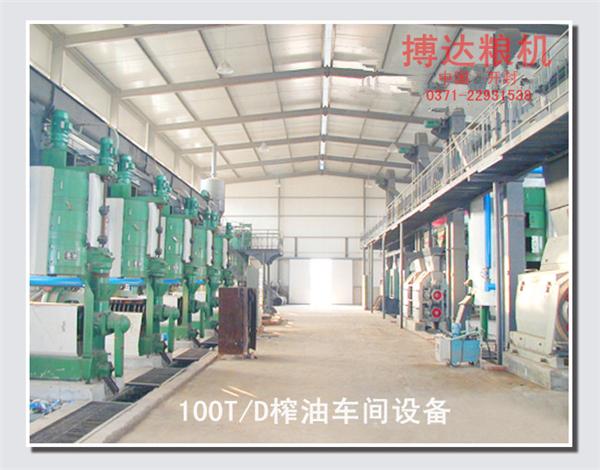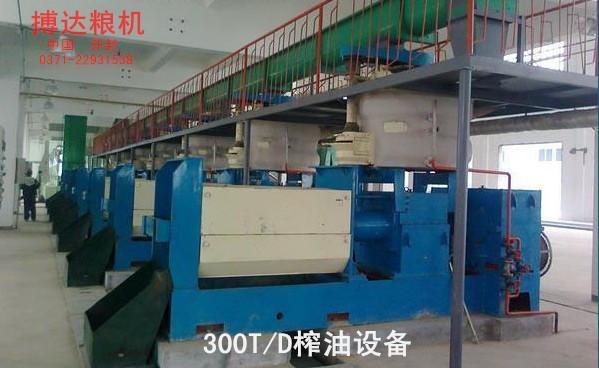detail
1. Main Processes Introduction
Hydration Deguming & Alkali Refining Deacidification Process:
Washing:
there is still about 500ppm soap in the neutralized oil from the separator. To remove the remaining soap, add into the oil about 5~8% hot water,with water temperature 3~5 °C higher than the oil generally.
Vacuum drying stage:
there is still moisture in the oil from the wash separator, and the moisture will affect the stability of the oil. So the oil at 90°C should be sent to vacuum drier to remove the moisture, and then the dehydratedoil goes to the decoloring process. Finally, pump out the dry oil by canned pump.
Continuous Refining Decoloring Process:
The main function of decoloring process is to remove oil pigment, residual soap grain and metal ions. Under negative pressure, the mechanical mixing method combined with steam mixing will improve the decoloring effect. The degummed oil firstly enters into the heater to be heated to the appropriate temperature (110°C), and then goes to the bleaching earth mixing tank. The bleaching earth is delivered from the low bleaching box to the temporary tank by wind. The bleaching earth is added by automatic metering and is interlockingly controlled with the oil.
Continuous Decoloring Process Features:
? The oil fully contacting with the decolorant can improve the decolorization
? efficiency and reduce the usage of decolorant;
? The continuous and uniform material flows will balance the decoloring time and avoid the recovery of grease oxidation and acid value.
? The special mixing structure of decoloring tower won't cause the material dead area, which can avoid the adsorbent sedimentation and pipe blockage.
? The continuous airtight efficient filtration equipment has realized the
? automation of cake discharge and reduced the labor intensity.
? The advanced drying technology can reduce the oil content in filter cake.
Continuous Refining Deodorizing Process:
The qualified decolored oil enters into the spiral plate heat exchanger to recover most of the heat, and next goes to high pressure steam heat exchanger to be heated to the process temperature and then enters the deodorization tower. The upper layer of combined deodorization tower is the packing structure which is mainly used to remove the odor producing components such as free fatty acid (FFA); the bottom layer is the plate tower which is mainly for achieving the hot decoloring effect and reducing the peroxide valueof the oil to zero. Oil from the deodorization tower enters into the heat exchanger to recover most of the heat and makes further heat exchange with crude oil, and then is cooled to 80-85°C through the cooler.
Automatic Control System
Our company has applied the automatic control system with advancedness, security, reliability into the pretreatment, extraction, refining and fractionation in large oil plants. For its application in automatic control system, it can control the production in the entire workshop and monitor the operational status of each device by controlling the computer terminals in the room. One person only can operate the entire workshop, with efficient production management. It has reduced the production cost greatly and improved the management efficiency.
2. Oil Refining Equipment Parameters
Steam consumption
700KG/T oil
Electric consumption
28Kwh/T oil
Water (soften water)
150Kg/T oil
Phosphoric acid
2~3 kg/T oil
Alkali
acid valuex1-3kg/T oil
Circulating water cooling water yield
150M3/H
Bleaching earth consumption
3-5Kg/T oil
Waste bleaching earth oil content
≤25~35%
Refining losses
acid valuex1.2 (chemical refining) acid valuex 0.6 (physics refining)
Bleaching losses
the quantity of bleaching earth×0.25%
Deodorization loss consumption
≤0.5%≤0.5%
Refining rate
1-refining consumption

